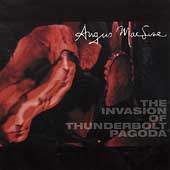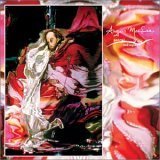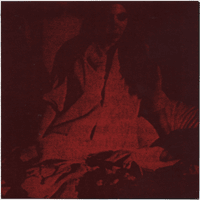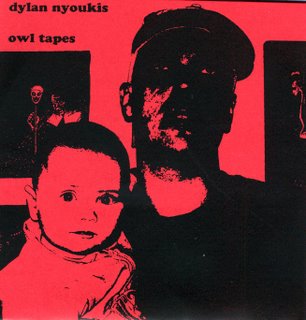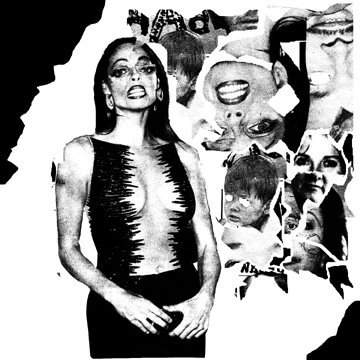MONOTRACT
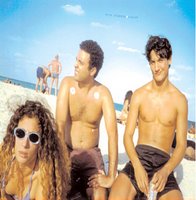 Spent the last few days in the company of two fine recs from last week's Cold 100, Axolotl's Way Blank and Monotract's Xprmntl Lvrs (I hope that's pronounced "Experimental Livers," or at least "Experimental Lavers"), and I've been wavering on which to write about...Way Blank is a fantastic set of super-busy drones and noise-scapes from a guy who's been cranking out nothing but hits lately, and it'll probably cut deeper into my skin in the long run, but for now Xprmntl Lvrs has found shelter in a greater amount of my pores.
Spent the last few days in the company of two fine recs from last week's Cold 100, Axolotl's Way Blank and Monotract's Xprmntl Lvrs (I hope that's pronounced "Experimental Livers," or at least "Experimental Lavers"), and I've been wavering on which to write about...Way Blank is a fantastic set of super-busy drones and noise-scapes from a guy who's been cranking out nothing but hits lately, and it'll probably cut deeper into my skin in the long run, but for now Xprmntl Lvrs has found shelter in a greater amount of my pores.I'm curious to hear reactions to the semi-rock and sometimes even fully-structured stuff on here - I'm guessing that anyone seeking 100% noise will call foul (someone already has, but since he/she is clearly unfamiliar w/the band and his/her writing reads like an interoffice memo, that doesn't come close to counting). I'm not exactly a Monotract expert - seen 'em twice and only own Live in Japan and Red Tape 1999, having missed out on the potentially more essential Pagu and Blaggout. But at my second viewing (in DC during Noise Against Fascism) they were pretty rock-damaged, with Carlos on lots of guitar, Nancy on a bunch of bass, and Roger on quite a bit of drums. Which makes Xprmntl Lvrs no shock, despite the band's noisier past and Carlos' more abstract solo leanings - besides, these three seem to rarely do anything twice, so "expectation" is kind of a meaningless term w/them, unless we're talking strictly quality and not style.
If we are, then expect away, cause Xprmntl Lvrs can take it. Split about equally between clanking, fractured rock and drilling sound experiments, it's basically devoid of clunkers. What's more, Monotract actually commit to rock swagger when they travel into that territory, rather than pulling back or half-assing around a groove, yet somehow even the "catchiest" (cough) stuff fits like a bone into the sockets of the more abrasive numbers. Basically, Monotract are confident enough in their inherently noisy nature not to be scared that a beat or riff is gonna smooth things over - and they're right.
So, as tempting as it is to split the album up into "rock" and "non-rock", it'd be inaccurate - everything here does both, just to different degress. The first couple tracks, "These Are Hard Days I Can't Forget" and "Projectus" are slanted trash-can stomps that veer closest to Sightings ca. Arrived In Gold, and from there things get murkier: "Paper Bag" buries Nancy's rants under grinding distortion and video-game beeps, "Halloween" is a symphony of hard-cut electronic drilling not far from Carlos's aggressive oscillations on Welcome Home, and "Bushwick Blues" uses lapping drums and proto-SY guitar chiming to sound like a rock band shoved into a blender.
The only track that actually divides the rock and noise is "Meurte Y Detruccion" (linked below), and paradoxically it's the best. The first half's hypnotic electro pulse and ghostly vocals conjure an imported Excepter, while the second half produces a 3D tunnel in which the varying depth and distances of tactile distortions becomes a fascinating game of aural chess. It's another unique concoction from a group who doubtless has scores more in them - let's hope Ecstatic Peace signed them to at least a double-digit deal...
mp3:

